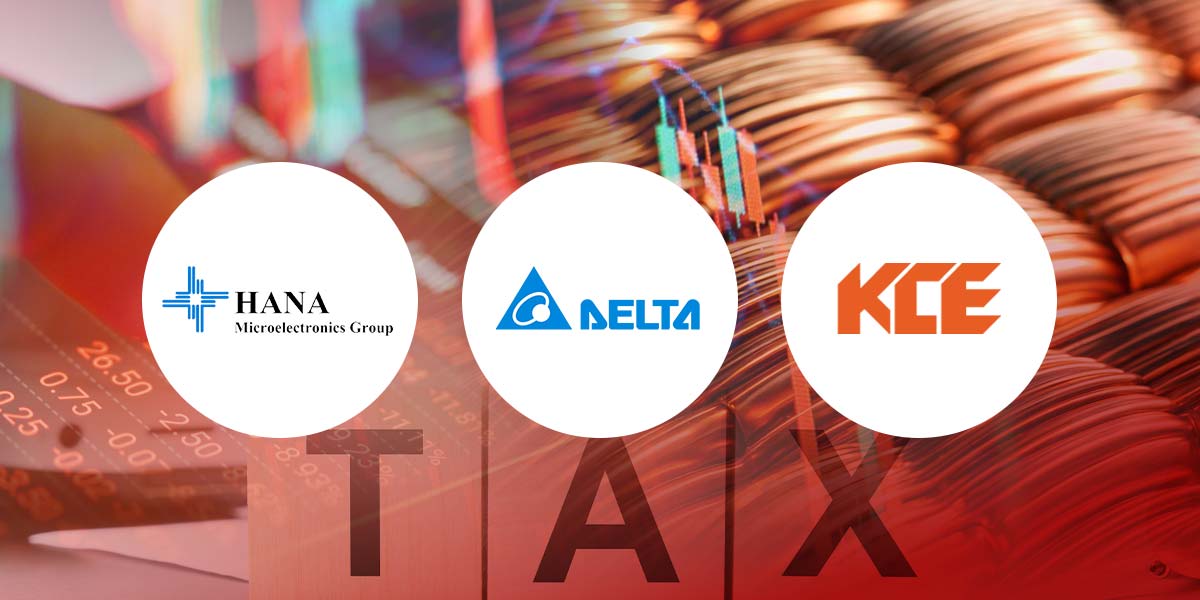InnovestX Research wrote in a note that the U.S. President Donald Trump has announced plans to impose a 50% import tariff on copper and a steep 200% levy on pharmaceuticals as part of a broad industrial tariff package, slated to be implemented by late July or no later than August 1, 2025.
Trump stated that “the evaluation process for copper is complete,” and a formal announcement is expected in the coming days, according to an interview with Commerce Secretary Howard Lutnick.
Following the announcement, New York copper futures soared by as much as 17%, marking the sharpest one-day increase since 1988. According to the US Geological Survey, the United States is expected to consume approximately 1.6 million tons of copper in 2024. Domestic production stands at 850,000 tons, forcing the country to rely on imports for over 36% of its copper needs. Chile supplies 38% of US imports, followed by Canada at 28% and Mexico at 8%.
On the pharmaceutical front, Trump indicated that tariffs on drug imports and medical supplies could reach up to 200%. He promised foreign drug manufacturers a grace period of 1 to 1.5 years to relocate production to the US before the new tariffs take effect.
Pharmaceutical stocks such as Eli Lilly, Merck, and Pfizer fell sharply in immediate response to Trump’s remarks, particularly affecting businesses in Ireland—a key pharmaceutical manufacturing hub—which holds a $54 billion annual trade surplus with the US.
Trump also confirmed that copper, pharmaceuticals, and semiconductors are now under investigation through Section 232 of the Trade Expansion Act. This law empowers the President to increase tariffs on goods deemed to threaten national security.
Implications for the Thai Electronics Sector
According to Finansia Syrus Securities, the anticipated tariffs are a negative sentiment for the electronics sector, as semiconductors are fundamental raw materials for electronic devices worldwide. If tariffs are imposed, HANA—an integrated circuit assembler—would be directly affected, followed by DELTA, which relies on semiconductors in its product manufacturing. KCE, a producer of printed circuit boards (PCBs), faces indirect impact since its clients require both integrated circuits and PCBs. Rising costs for manufacturers may ultimately be passed along to end consumers.
In terms of export revenue exposure to the US, DELTA generates approximately 30% of its total income from the American market, followed by HANA at 26% and KCE at 21%. However, these measures are currently proposals, as the industry is expected to be granted a period for adjustment. Market watchers are advised to monitor developments closely.





